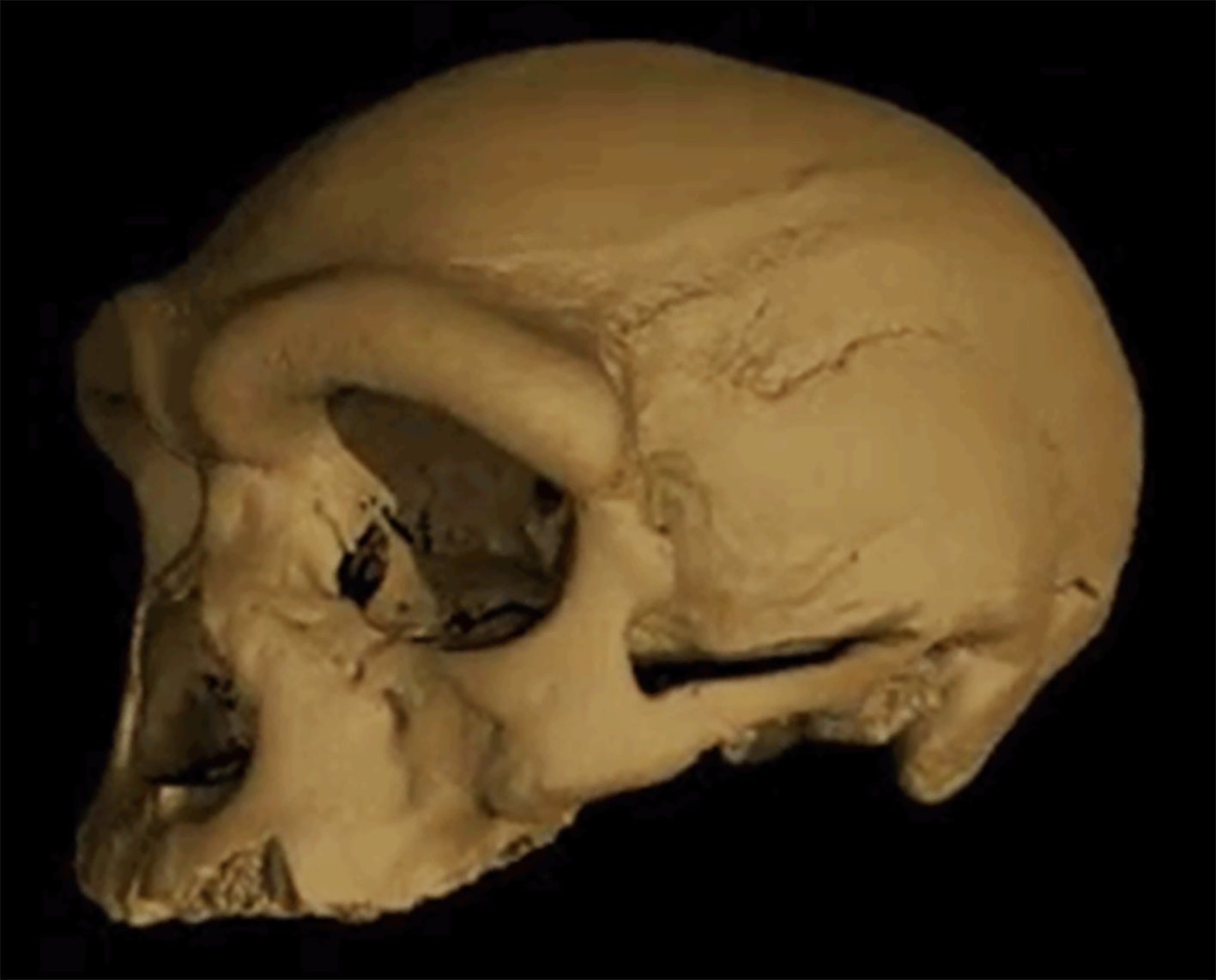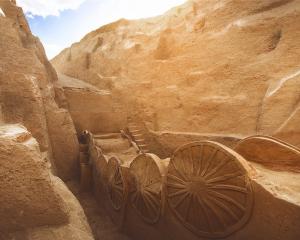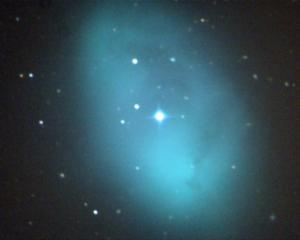
We simply did not know what a Denisovan looked like. In 2018, palaeontologist Qiang Ji met with a man with a long-held family secret. In 1933, his grandfather was working on a bridge over the Long Jian, meaning Dragon River, near Harbin in China. Apparently, he found a human skull, and decided to hide it away, burying it in a well until, on his deathbed, he confessed about it. The skull, nicknamed Dragon Man, aroused Ji’s interest, and he contacted Qiaomei Fu, the Director of the Beijing ancient DNA laboratory in the Institute of Vertebrate Palaeontology in Beijing. When working with Svante Paabo in Leipzig, she had been on the team that first identified the Denisovans, and she set to work on a thorough analysis of this 140,000-year-old human skull.

This Denisovan had a massive shelf of bone above the eyes, and a brain rather larger than modern humans. If you were to encounter him, you would notice at once his big nose and eyes.
There are several more unidentified human skulls from East Asia that, hopefully, will soon find their way into Qiaomei’s laboratory for similar analyses, but for now, at last, we can put a face on the mysterious new Denisovans, for it is worth recalling that they live on in their modern descendants in Melanesia and Australia, since those incoming modern humans met and interbred with them.












